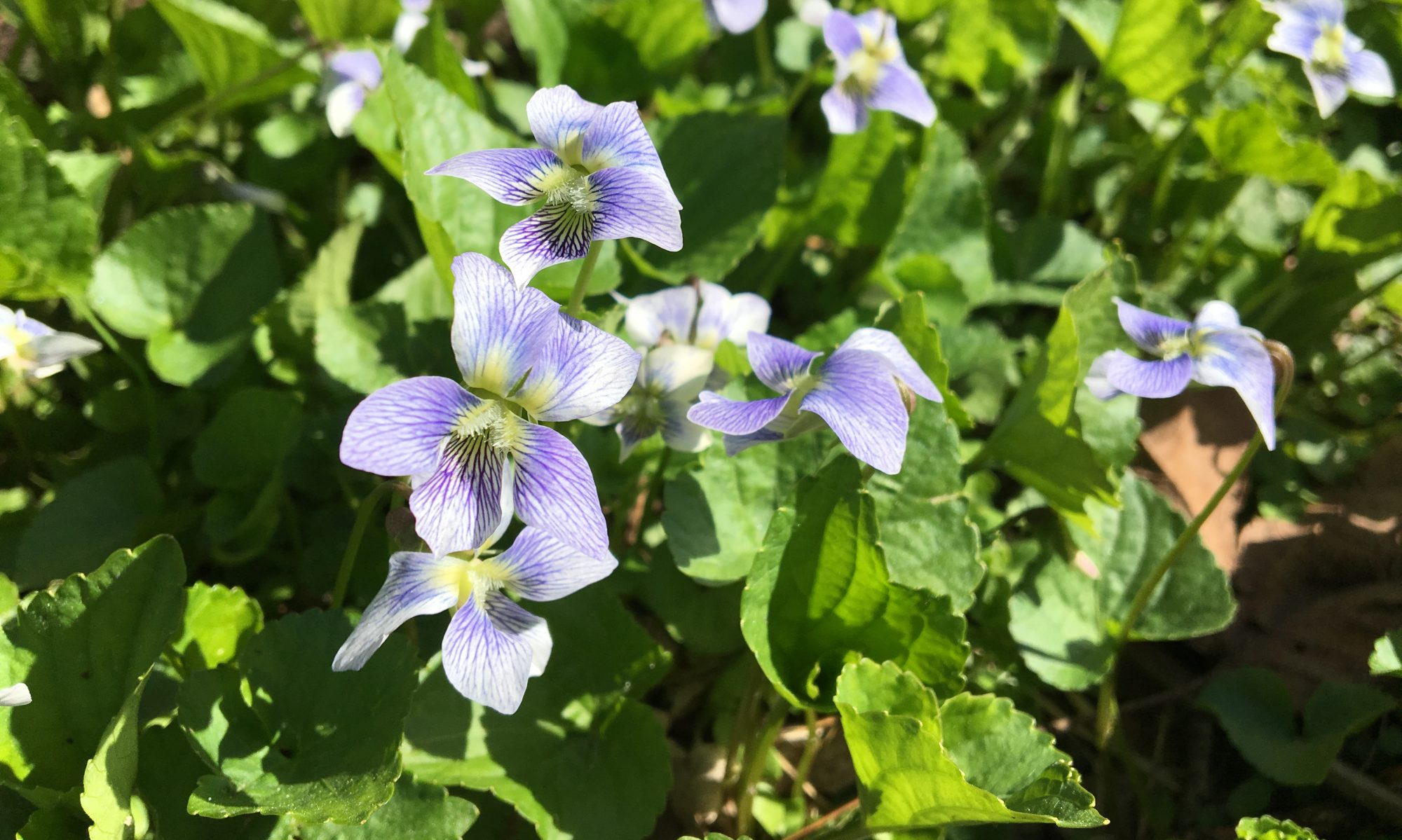• Plant any perennials in your gardens now. Plant warm-season annuals, such as marigolds and impatiens, after your region’s last average frost date. That’s middle to late May in the Chicagoland area.
• Plant summer-blooming corms and tubers such as gladiolus corms, canna rhizomes, tuberous begonias and other summer bulbs.
•Plant or transplant perennial edibles now, including strawberries, raspberries, rhubarb and asparagus.
• Continue to plant trees, shrubs and roses. But don’t plant bare-root types after the middle to end of the month, except in the northern
• Divide and transplant most summer- and fall-blooming perennials now. They’ll have plenty of time to get established by bloom time. Wait to divide spring bloomers until fall.
• Consider aerating your lawn. For most lawns, it’s helpful to do this every two or three years, depending on your foot traffic, soil and grass type.
• Dig new beds and borders as long as the soil isn’t too wet; you can ruin the texture of the soil by creating muddy clumps and clods.
• Fertilize containers regularly. All that watering flushes out many nutrients. For best results, use a special bloom-boosting fertilizer on flowering plants.
• Mulch with wood chips and other weed-suppressing materials.
• Don’t cut off the browning foliage of spring bulbs, such as tulips and daffodils, just yet. They need to “ripen” on the plant and replenish the bulb for next year. Remove the foliage once it pulls away with very little resistance.
In addition to what we should be doing in the garden….I think it’s time I had the talk about the Birds and the Bees. NOT that talk about the birds and bees!! Rather the birds and bees and butterflies that make our green spaces so alive every summer. Sadly, they seem to be less prevalent these days.
Experts say that, for the most part, loss of habitat is the culprit. With farm fields and native prairies being turned into subdivisions and parking lots, there are fewer spaces for them to live and multiply. Chemicals are a factor, too.
The good news is that we can make changes to our yards to attract our winged friends, and maybe even help them thrive again one day.
First, we have to get rid of the notion that bugs are bad. Bugs are like third-graders. There’s always one kid acting up, and then everyone in class has to stay after school. Most bugs are good and do their jobs. The vast majority are neutral or beneficial.
In addition, the number one food of baby birds is insect larva. If you are spraying your plants and killing your insect population, there’s no food for the birds.
Second, we need to think of our green spaces as habitats, not just places to plant flowers. Master Gardener, Doris Fons, is quoted as saying “Most gardeners don’t consider all the aspects of creating a habitat that supports beneficial pollinators. Butterflies, bees and birds need food sources, shelter, water and nesting spaces.” In addition, Fons says “If you spray chemicals in your yard when your flowers are blooming — even when they’re not blooming — you can kiss your bees and butterflies goodbye.”
So once we’ve tossed our chemicals, the next step is to plant flowers that attract wildlife. There are many great-looking options to choose from for any type of garden.
In many cases, butterflies, birds and bees tend to like the same plants: those that are open, flat, cupped or tubular, rather than flowers with big pompons, so they can get to the nectar. Midwest natives would include black-eyed Susans, daisies, coneflowers, zinnias, sunflowers, coreopsis, yarrow and echinacea. Sedums and asters are also an important source of nectar because they bloom so late in the season.
And remember, a butterfly is a caterpillar first-so having host plants for feeding is essential. Caterpillars do not stay in this stage very long, but while in this stage, all they do is eat. Although the larval caterpillar feeds on host plants, the damage is minimal and is worth the benefits that come from the adult butterfly. Did you know that parsley is often listed as a host plant for many butterfly species?
But when it comes to Monarchs, only members of the milkweed family will do.
Milkweed is their only source for reproduction.
Birds, bees and butterflies are beneficial to the environment through the symbiotic relationship they maintain with the plants they visit. With the visual appeal of these showy creatures, we are drawn to increase our knowledge of them, resulting in what I hope is a greater understanding of our role in protecting them.
There are DOZENS of organizations that support the protection of birds, bees and butterflies. Any and all can be found on the internet if you are interested.
